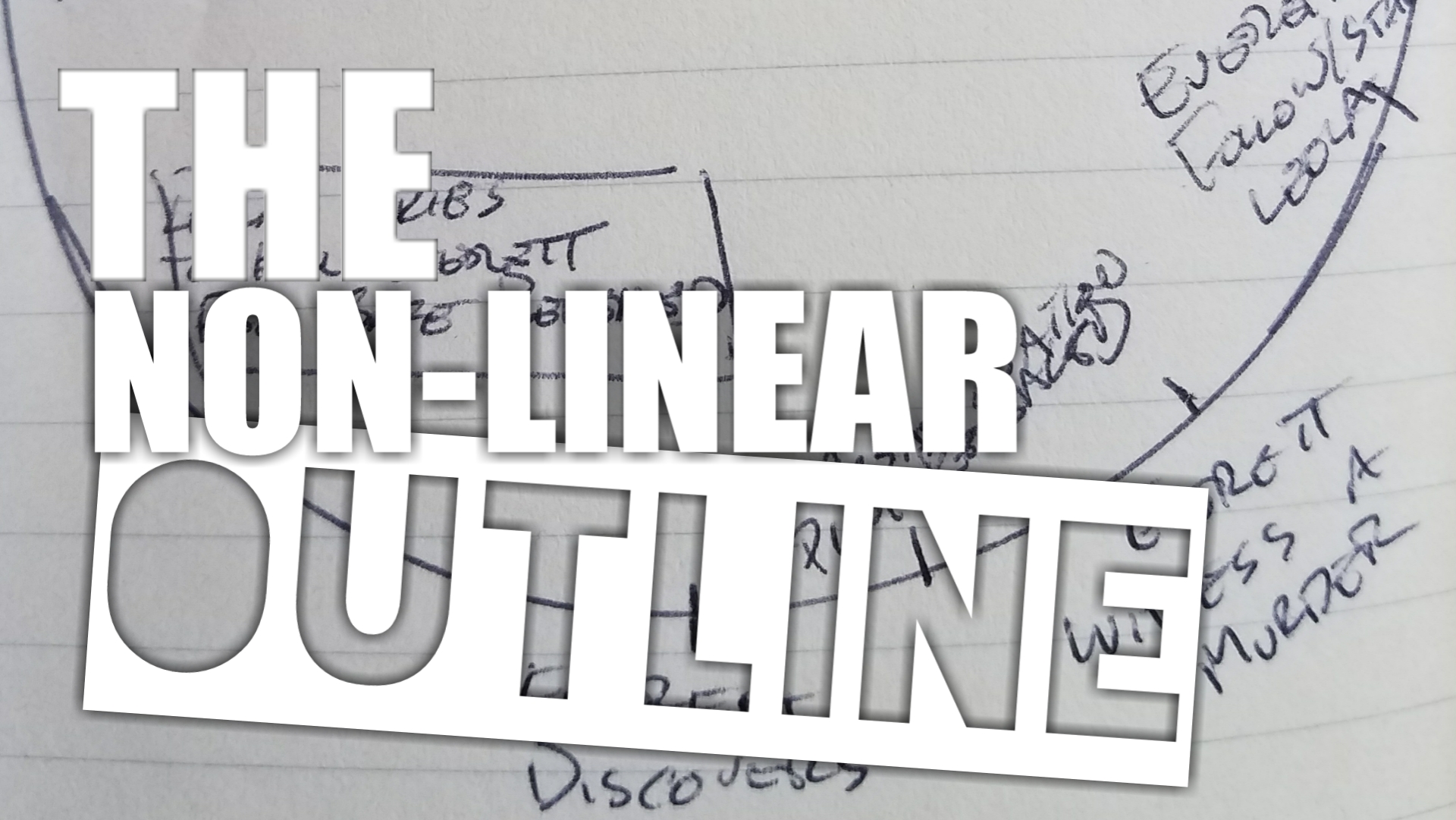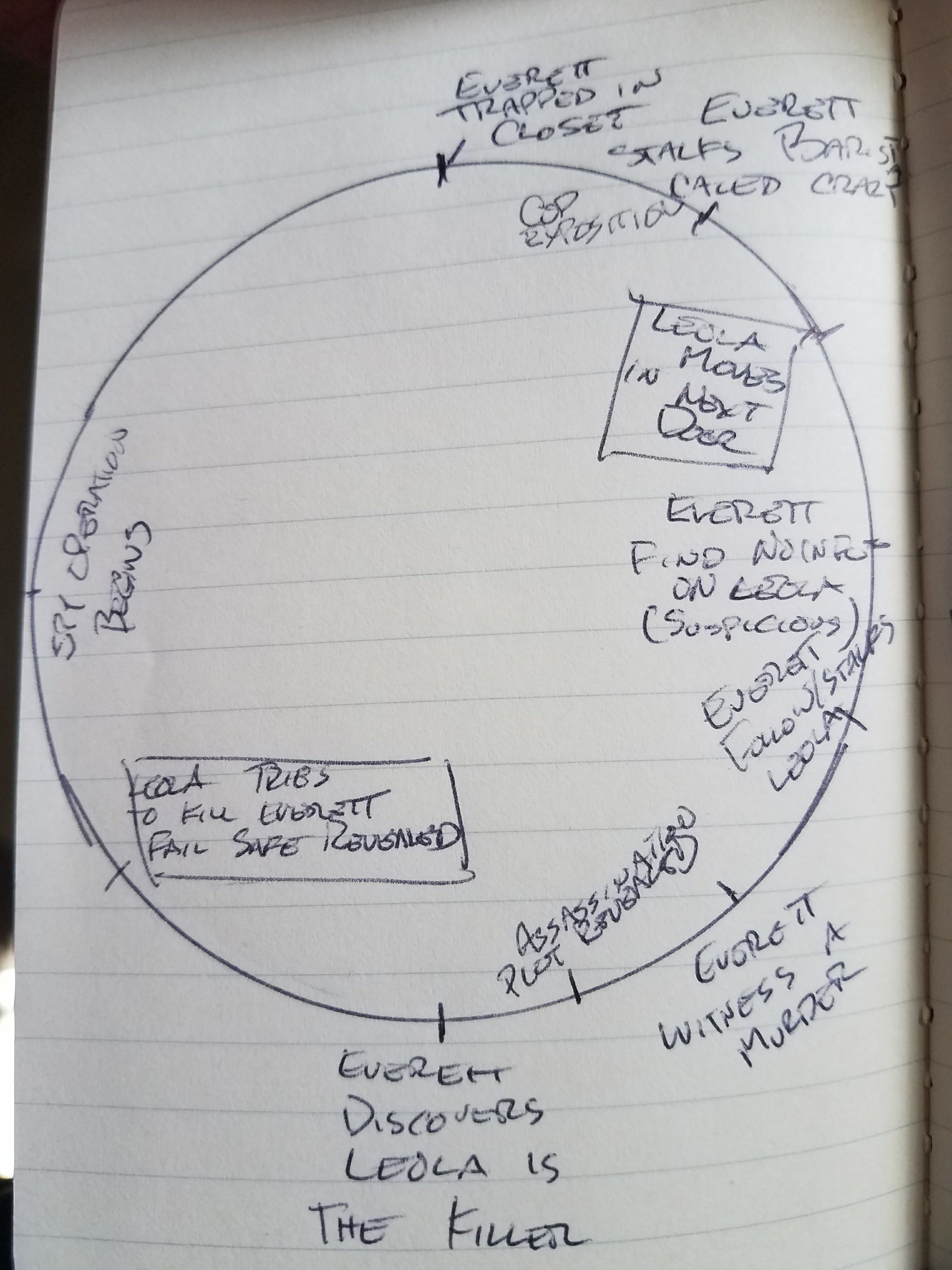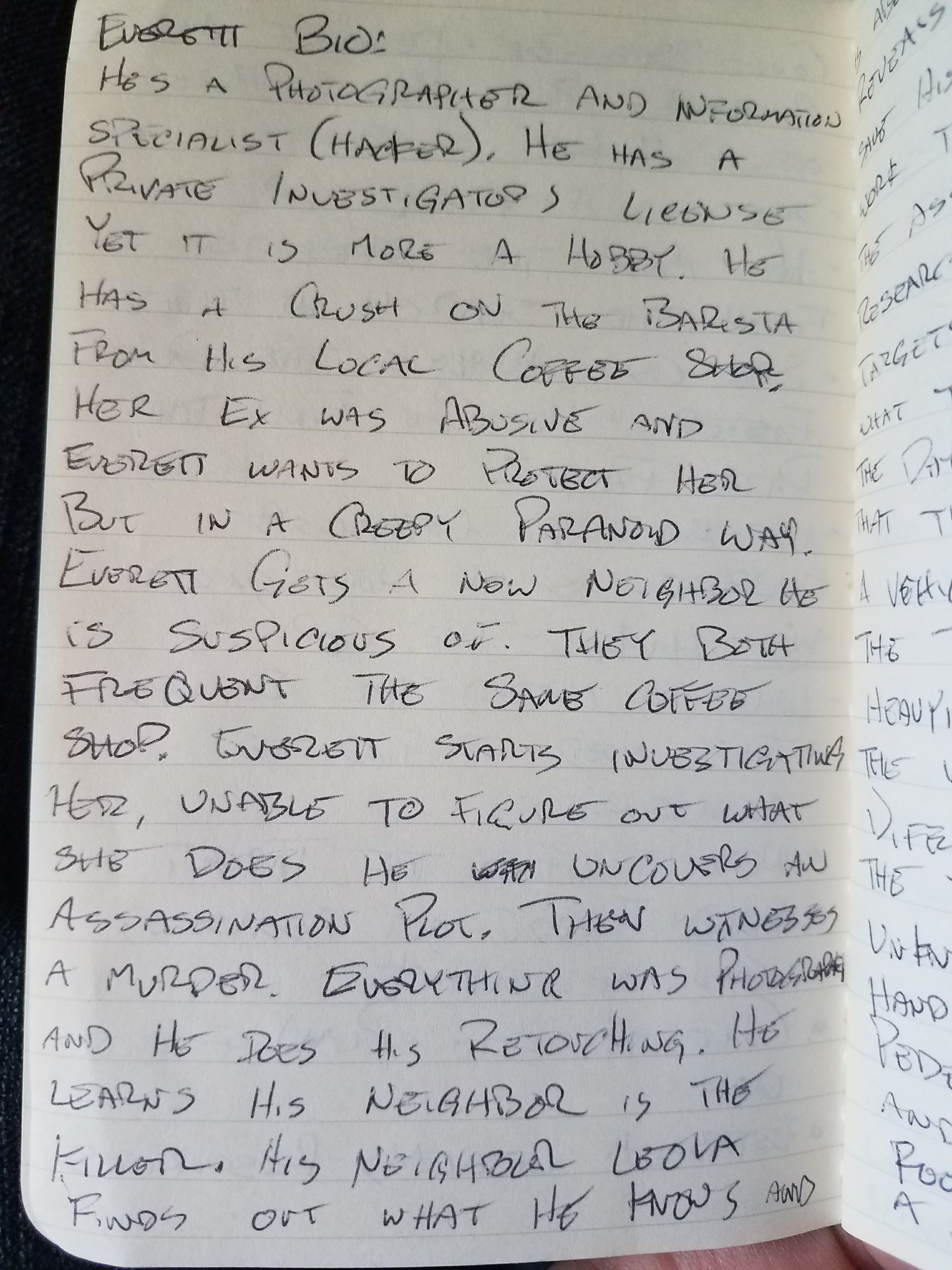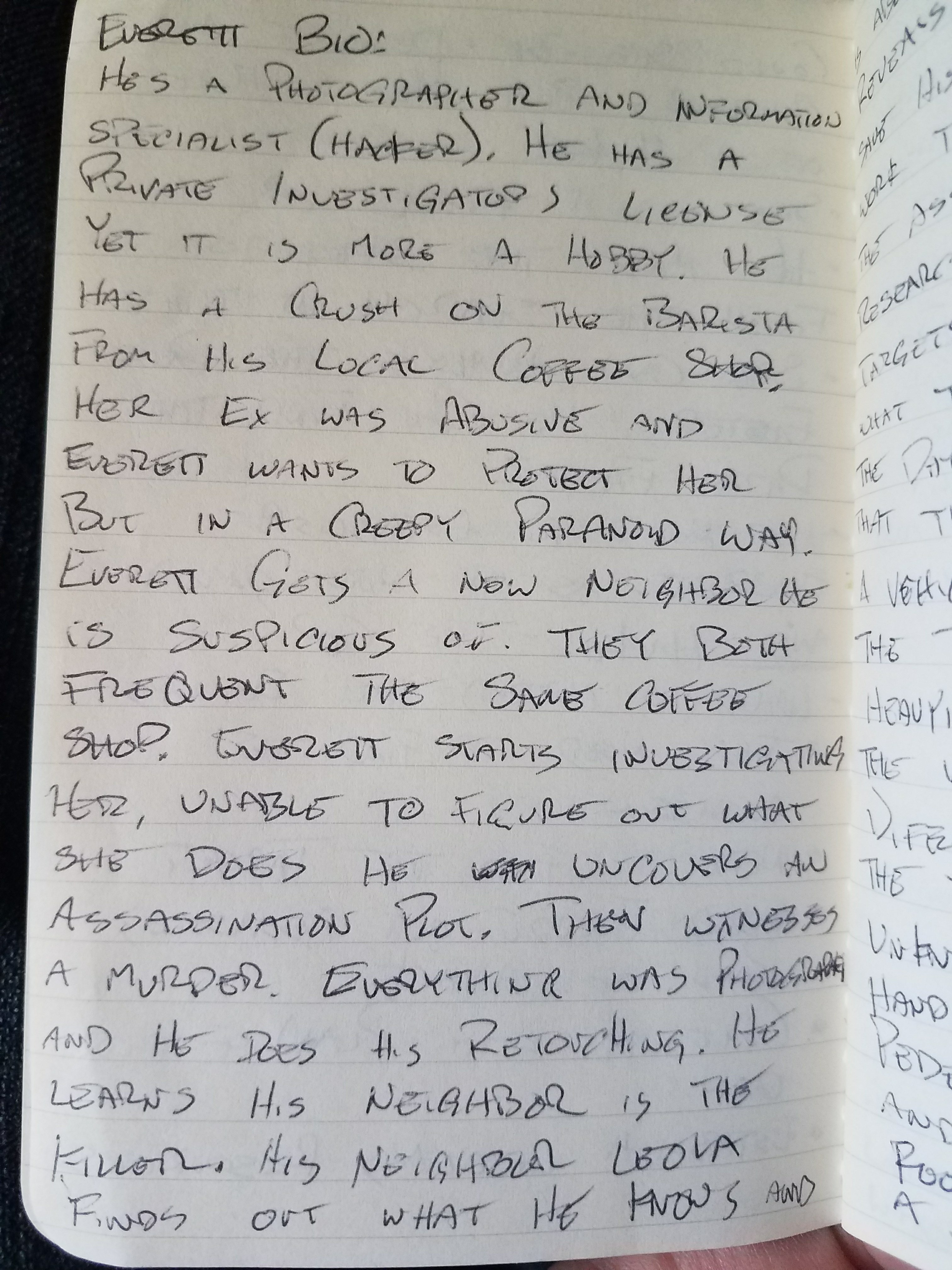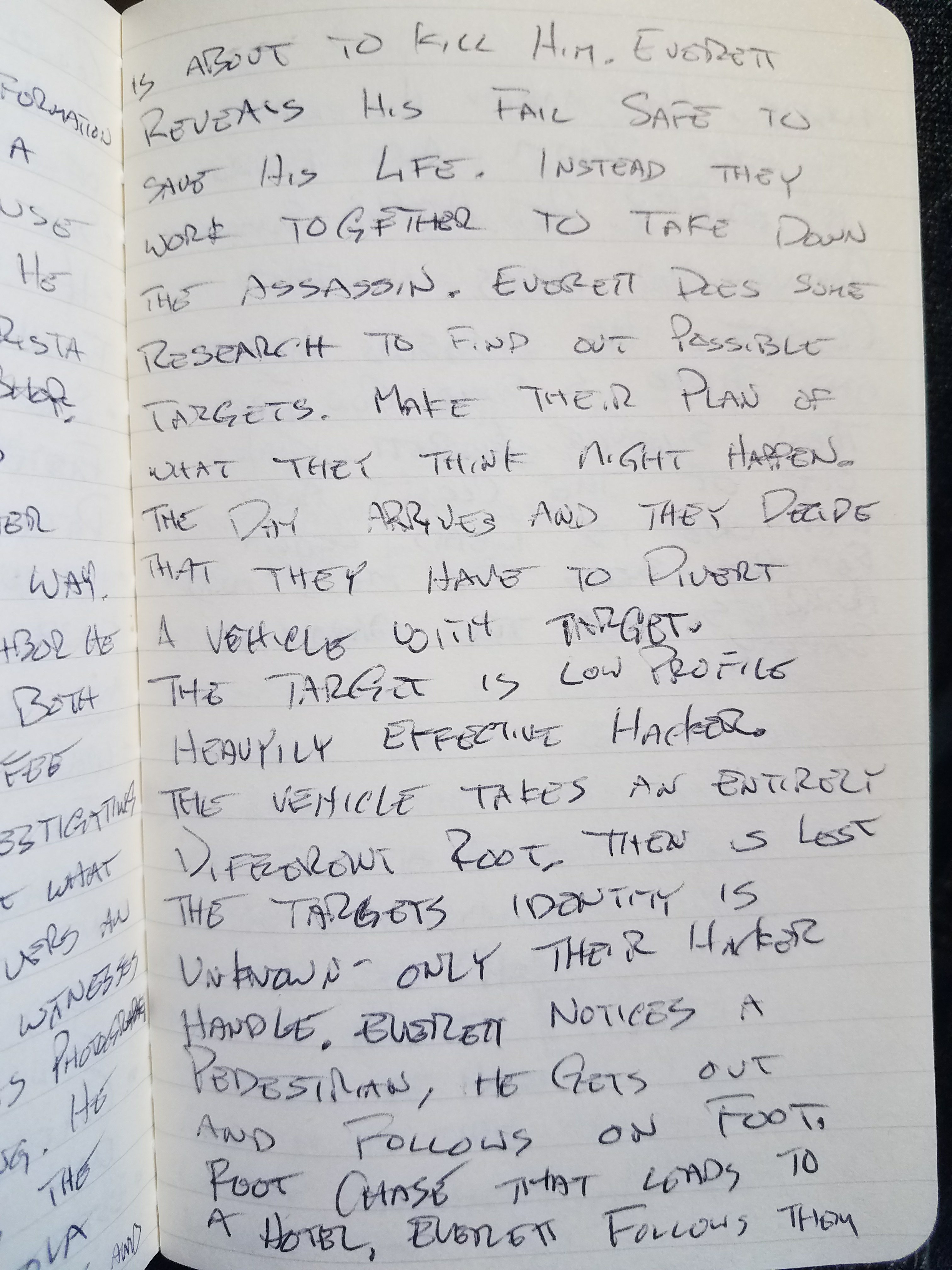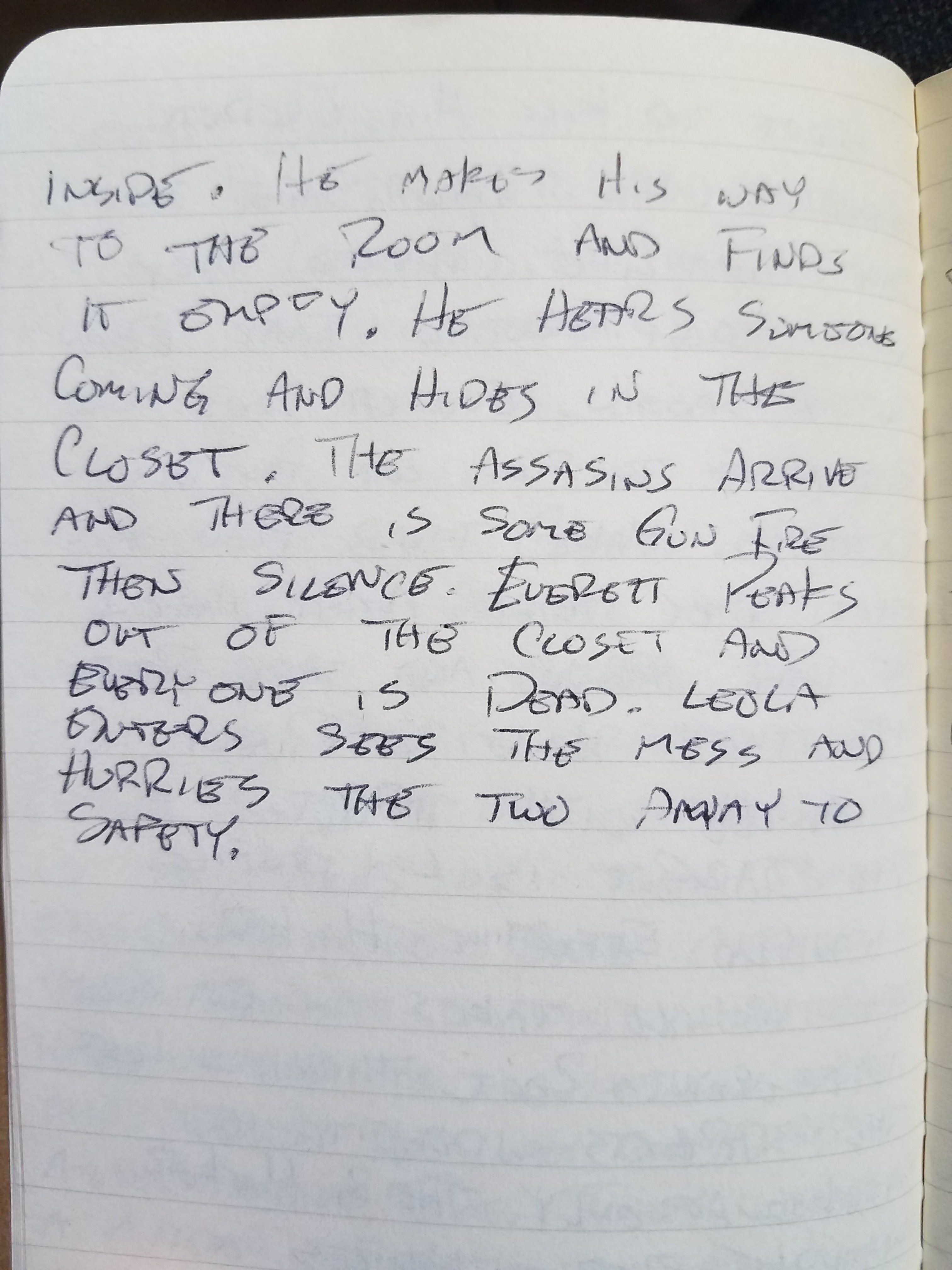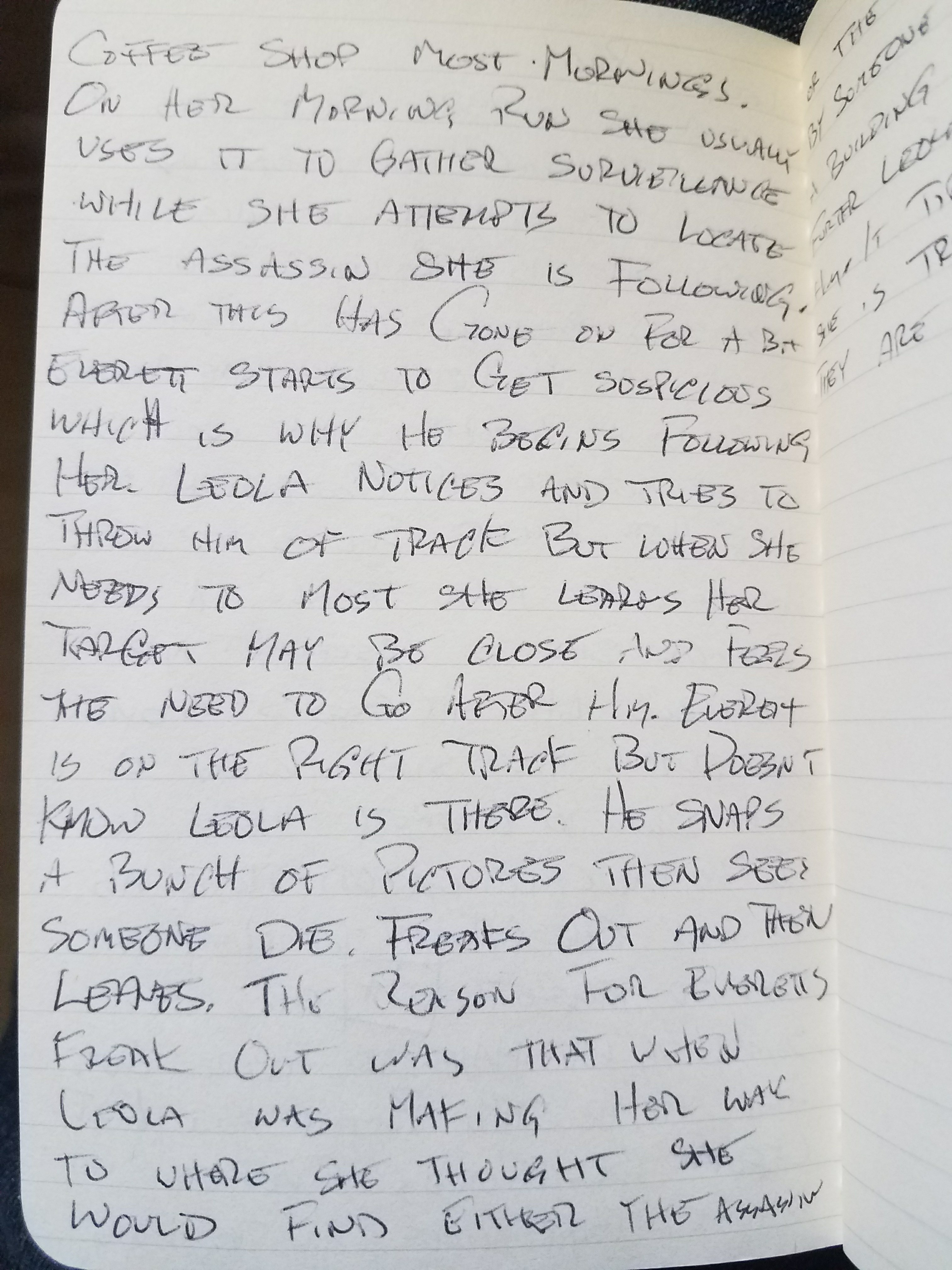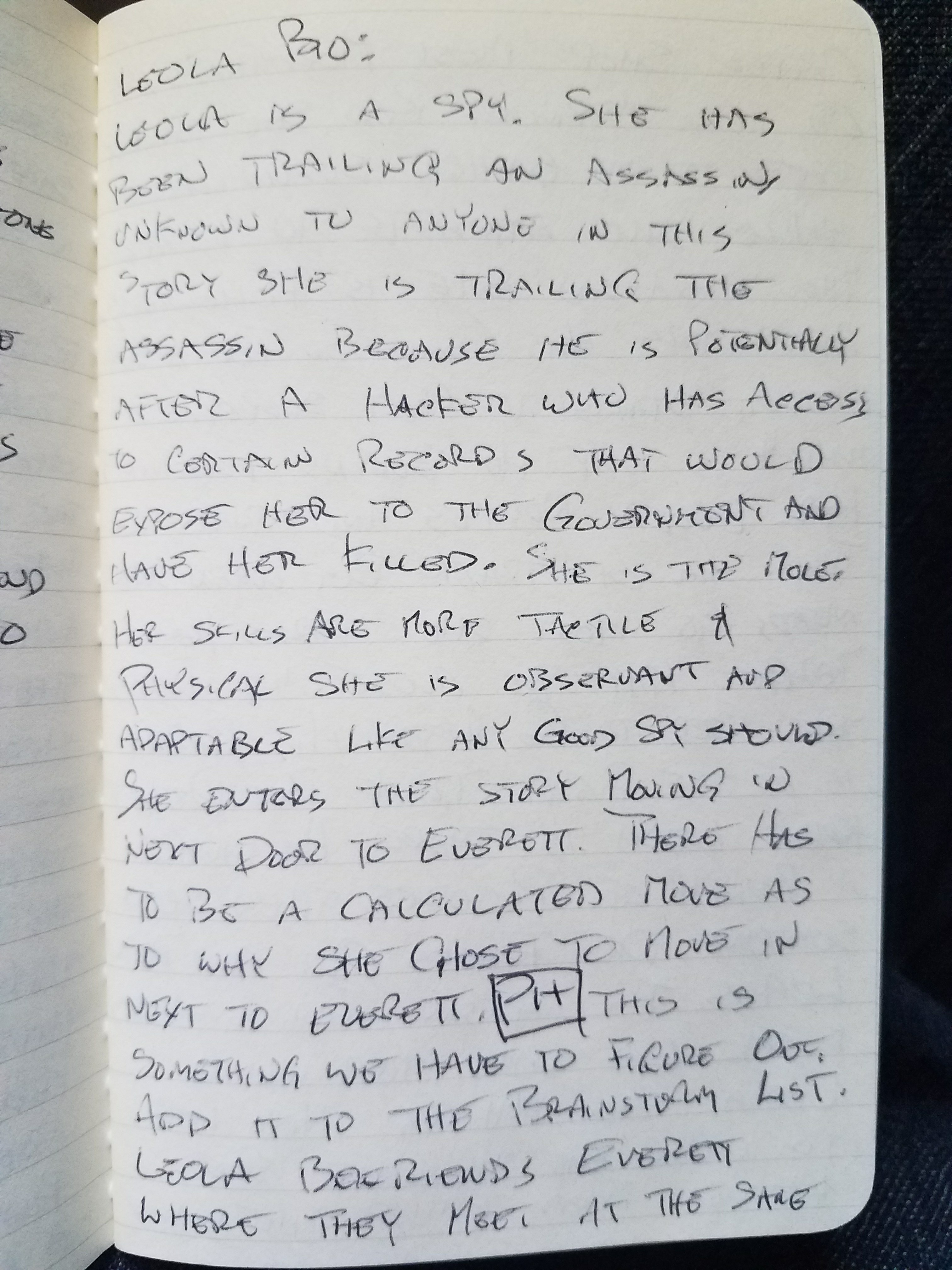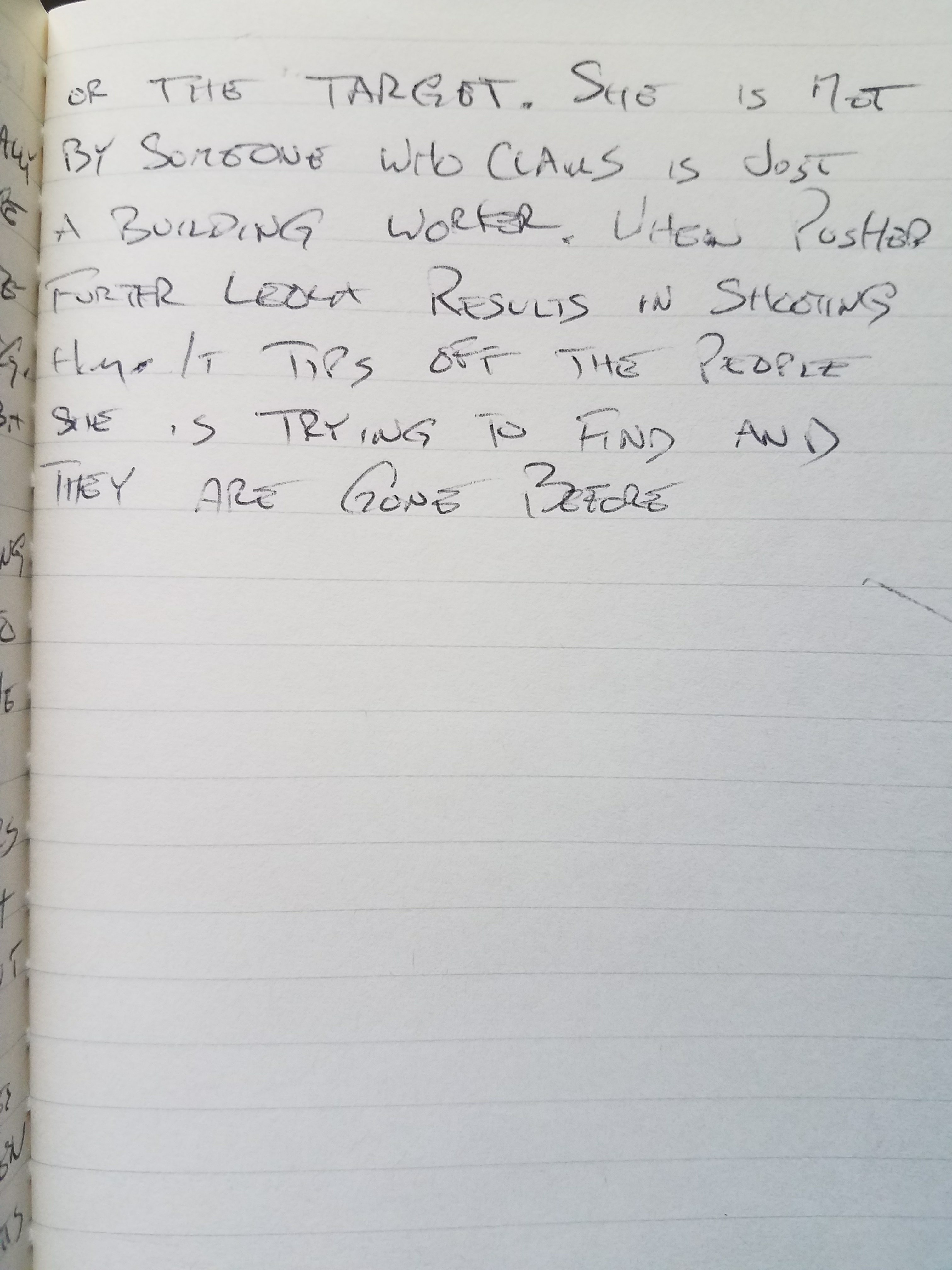When planning for my screenplay I usually do a beat for beat outline just to get me started. It is not super exciting but it gets my brain thinking. One thing I always run into when planning my story is I get stuck not knowing what happens next.
I have a ton of tricks for not getting stuck once I start writing the actual script, but when in planning stages of the script I tend to think a little differently. If I can get my head out of a linear mindset.
So what do I mean by a linear mindset? Well, typically I will write my outline in order of occurance, linearly, but that is oftentimes where I get stuck. When I am not sure what will happen next I will look at my idea and see if there are any events, moments or pay-offs that I want to include. Then I jump to that part of the story and start outlining or brainstorming.
By not feeling like I have to stay in a linear form when planning my script and have the freedom to work non-linearly allows me the ability to always be writing and even discover plot holes in my story way earlier.
A great tool that I have started using is the Story Clock that Seth Worely has been pushing. While I don’t think that having perfect mirrored events in your story is entirely necessary and potentially can lead to a very formulaic script, I do see the value in being able to identify where you may have missed a set-up or even a pay-off. Being able to find your plot holes is the first step in creating a great story.

